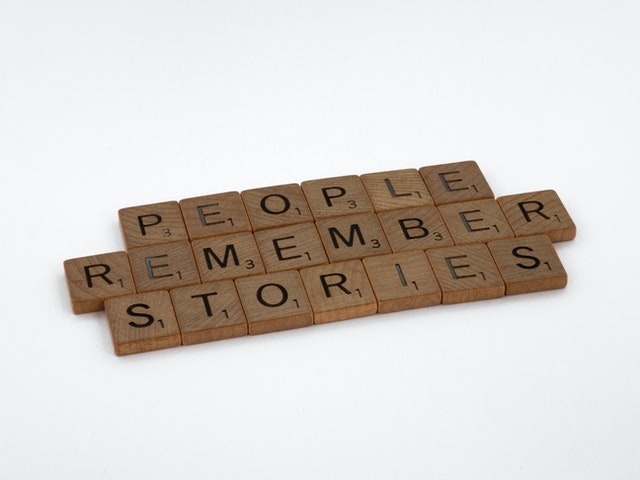Memory Strategies – How Your Memory Works
Do you know how your memory works? What memory strategies do you use? Understanding how you learn and remember is critical to being a success. Memory strategies include 5 steps from input to output.
• Input
Input is the way you first introduce yourself to the material and how you put it into your brain. Do you read the text, scan the material, examine the pictures, listen to the lectures, and talk to yourself and others? These are all ways that you input the information into your brain. You need to input your memory by creating images that are easy to recall. Use color, large print, highlighted words, sticky notes, tape recorded notes and messages, repeating, repeating, and more repeating.
• Short-Term Memory
Sometimes this is also called working memory. This is your brain processing and digesting the information you just put in. Short-term memory only lasts a very brief time. You use short term-memory when someone gives you a phone number and you can’t immediately write it down. You use short-term memory when you hear something, but can’t act on it immediately. The idea is to store it into long-term memory so that you can retrieve it later, but if you do not find a way to hold onto it, short-term memory will rapidly disappear. You can call or text your own phone and leave yourself a message when you can’t write it down!
• Long-Term Memory
Long-term memory occurs when you have a deeper understanding of the concept. You have taken the information out of your short-term memory, thought about it for a while, analyzed it, and figured out a way to keep it in your brain. Long-term memory is a file system in your brain. Create a memory link. Try attaching the information to a silly story or crazy picture. Attach the memory to an object in your room. Make a movie in your mind and use your favorite actors as stars! Remember the association and the memory will be easier to retrieve at the test.
• Storage and Retrieval
How fast can you retrieve and recall the information. One of the most effective techniques for storage and retrieval of long-term memory is linking the information to something else that is familiar to you. The idea is to file the details into an area of your brain which you can access at a later time. Think about a balloon with a string attached. If you can grab the string, the balloon will follow. If you can grab onto a piece of the memory, the rest should follow if you stored the details into long-term memory. How did you learn the information? Did you color code it, mark it up with notes, make a recording, or talk it through with someone else? Did you draw a silly picture or attach the memory to something in your room? These are all techniques for storing and retrieving memory.
• Output
This is the final test. Do you know the answers to the test questions? The best way to see if you are ready for output is if you can “talk the talk.” If you can teach the information to someone else, and get it out without stumbling and mumbling, you should be ready to take your test. If you still are having trouble expressing the ideas, you need to go back and input again! Can you “walk the walk and talk the talk” without a problem? You need to become your own teacher!
Understanding how your memory works will lead to a better future as a successful college student!



